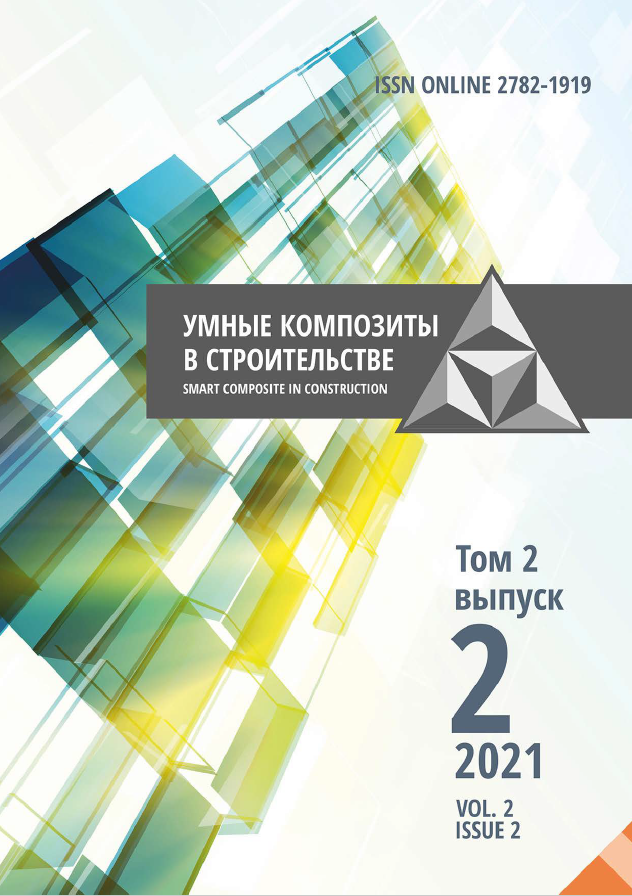Moscow, Moscow, Russian Federation
Moscow State University of Civil Engineering
from 01.01.2025 until now
Ivanovo, Ivanovo, Russian Federation
Most of the materials undergoing processing in the production processes of chemical technology, from the point of view of the principles of geometry, can be reduced to traditional bodies of canonical shape: a plate, a cylinder, a ball. In the processes of heat treatment of solid materials (heat-moisture treatment, drying, firing), the transfer potentials (temperature, mass content) change significantly over the time of the process. To solve boundary value problems of heat and mass (moisture) conductivity in such cases, the "zonal" method and the "microprocess" method were previously proposed. The possibilities of the "micro processes" method applied to modeling boundary value problems of heat and mass transfer for bodies of canonical shape under boundary conditions of the first kind (Dirichlet conditions) were shown in the previous works of the authors. This paper presents an illustration of the application of the "microprocess" method for solving boundary value problems of heat and moisture conductivity under more general boundary conditions, conditions of the third kind (Rie-mann-Newton). The great universality of these conditions lies in the fact that, depending on the values of the Biot number (Bi), they transform into a condition of the first kind (Bi tends to zero) or the second (Bi tends to infinity). It is shown that the search for solutions in the region of small values of Fourier numbers (Fo < 0.1) is promising for modeling the processes of heat and mass transfer in systems with a solid phase based on the method of "micro-processes". Solutions of the corresponding boundary value problems are given and examples of the results of their numerical implementation are shown.
heat treatment, heat and mass transfer, plate, cylinder, sphere, "zonal" method, "micro-processes" method, low Fourier numbers
1. Fedosov S.V., Bakanov M.O. Application of the "microprocess" method for modeling the processes of heat conduction and diffusion in bodies of canonical shape. Izv. vuzov. Himiya i himicheskaya tekhnologiya. 2020. V. 63. N. 10. P. 90-95 (in Russian).
2. Lykov A.V. Heat transfer theory. M.: Vysshaya shkola. 1967. 600 p. (in Russian).
3. Lykov A.V., Mihajlov Yu.A. Heat and mass transfer theory. M.-L.: Gosenergoizdat. 1963. 535 p. (in Russian).
4. Fedosov S.V. Heat and mass transfer in the technological processes of the construction industry. Ivanovo: IPK «PresSto». 2010. 363 p. (in Russian).
5. Rudobashta S.P., Kartashov E.M. Diffusion in chemical engineering processes. M.: KolosS. 2013. 478 p.
6. Shamin R.V. Concentrated course of higher mathematics. M.: URSS. 2017. 398 p. (in Russian).
7. Mamontov A.E. Methods of Mathematical Physics. Novosibirsk: NGPU. 2016. 129 p. (in Russian).
8. Kartashov E.M., Kudinov V.A. Analytical methods of the theory of heat conduction and its applications. M.: URSS. 2018. 1080 p. (in Russian).
9. Gavrilov V.S., Denisova N.A., Kalinin A.V. Bessel functions in problems of mathematical physics. Nizhnij Novgorod: Izdatel'stvo Nizhegorodskogo gosuniversiteta. 2014. 40 p. (in Russian).
10. Kaftanova Yu.V. Special functions of mathematical physics. Popular science edition. Khar'kov.: Izdatel'stvo «Novoe slovo». 2009. 596 p. (in Russian).







